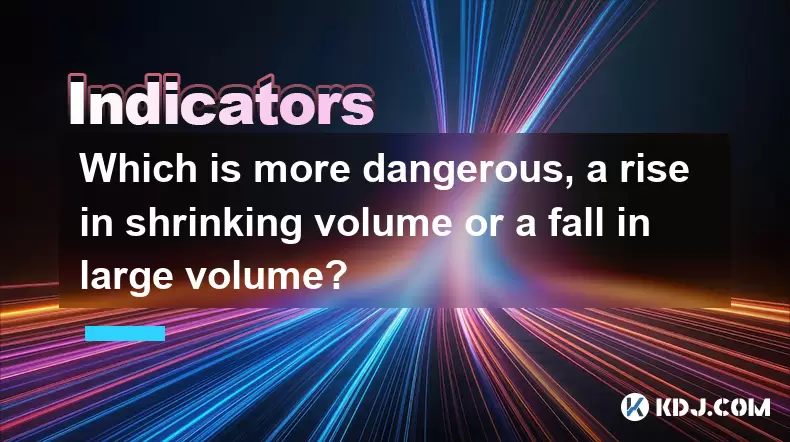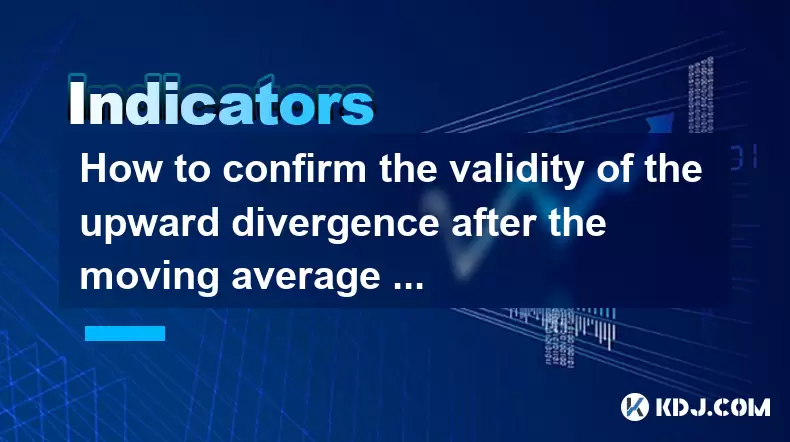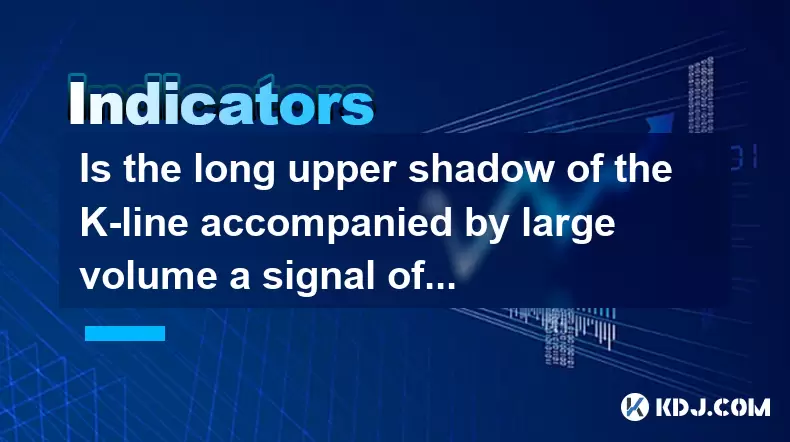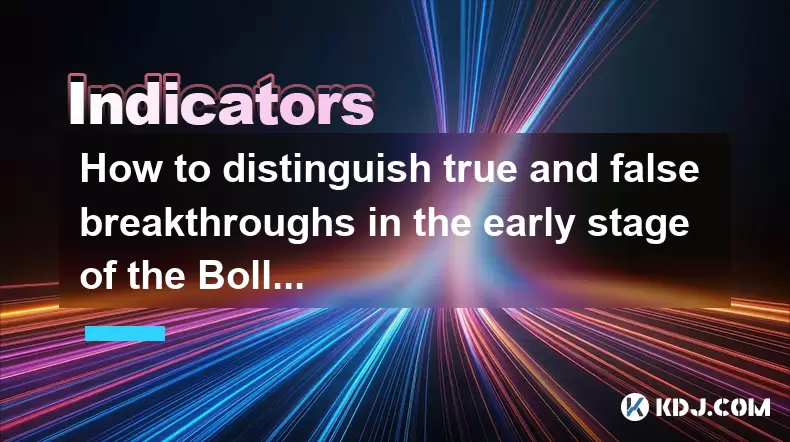-
 Bitcoin
Bitcoin $106,754.6083
1.33% -
 Ethereum
Ethereum $2,625.8249
3.80% -
 Tether USDt
Tether USDt $1.0001
-0.03% -
 XRP
XRP $2.1891
1.67% -
 BNB
BNB $654.5220
0.66% -
 Solana
Solana $156.9428
7.28% -
 USDC
USDC $0.9998
0.00% -
 Dogecoin
Dogecoin $0.1780
1.14% -
 TRON
TRON $0.2706
-0.16% -
 Cardano
Cardano $0.6470
2.77% -
 Hyperliquid
Hyperliquid $44.6467
10.24% -
 Sui
Sui $3.1128
3.86% -
 Bitcoin Cash
Bitcoin Cash $455.7646
3.00% -
 Chainlink
Chainlink $13.6858
4.08% -
 UNUS SED LEO
UNUS SED LEO $9.2682
0.21% -
 Avalanche
Avalanche $19.7433
3.79% -
 Stellar
Stellar $0.2616
1.64% -
 Toncoin
Toncoin $3.0222
2.19% -
 Shiba Inu
Shiba Inu $0.0...01220
1.49% -
 Hedera
Hedera $0.1580
2.75% -
 Litecoin
Litecoin $87.4964
2.29% -
 Polkadot
Polkadot $3.8958
3.05% -
 Ethena USDe
Ethena USDe $1.0000
-0.04% -
 Monero
Monero $317.2263
0.26% -
 Bitget Token
Bitget Token $4.5985
1.68% -
 Dai
Dai $0.9999
0.00% -
 Pepe
Pepe $0.0...01140
2.44% -
 Uniswap
Uniswap $7.6065
5.29% -
 Pi
Pi $0.6042
-2.00% -
 Aave
Aave $289.6343
6.02%
Which is more dangerous, a rise in shrinking volume or a fall in large volume?
A rise in cryptocurrency prices with shrinking volume often signals weak momentum and potential reversal, warns traders to validate trends with volume indicators.
Jun 18, 2025 at 06:56 am

Understanding Volume in Cryptocurrency Trading
In cryptocurrency trading, volume is a critical metric that reflects the total number of assets traded over a specific period. It plays a pivotal role in validating price movements and identifying potential market reversals. Traders often rely on volume patterns to determine whether a price movement is supported by genuine interest or if it's likely to be short-lived.
A rise in shrinking volume occurs when the price of a cryptocurrency increases, but the trading volume declines. This situation suggests that fewer traders are participating in the rally, which may indicate a lack of conviction behind the upward movement. On the other hand, a fall in large volume happens when the price drops significantly while accompanied by high trading activity. This usually signals strong selling pressure and potentially a shift in market sentiment.
Both scenarios raise concerns among traders and investors alike, especially when trying to assess the sustainability of current trends.
Rise in Shrinking Volume: A Warning Sign
When the price of a cryptocurrency rises amid decreasing volume, it can be interpreted as a bearish divergence. This means that although the price is moving up, the underlying momentum is weakening. The lack of participation from major players indicates that the rally might not be sustainable.
- Lack of buying pressure: As volume decreases during a price rise, it shows that fewer buyers are entering the market.
- Potential for reversal: Technical analysts often view this pattern as a precursor to a possible trend reversal.
- Whale manipulation: In some cases, large holders (whales) may artificially inflate prices with minimal volume to trap retail traders.
This phenomenon is particularly common during pump-and-dump schemes or during periods of low liquidity. Traders should pay close attention to such signals and consider using tools like on-balance volume (OBV) or volume profile indicators to confirm the strength of a rally.
Fall in Large Volume: Confirming Bearish Momentum
A sharp decline in price accompanied by high trading volume is typically seen as a strong bearish signal. It suggests that there is significant selling pressure, and many traders are eager to exit their positions. This type of volume pattern often confirms a downtrend and can lead to further price drops.
- High volume indicates strong selling: When large amounts of an asset are sold off quickly, it reflects panic or strategic exits by institutional players.
- Breakdown confirmation: If a key support level is broken with high volume, it reinforces the likelihood of continued downward movement.
- Market capitulation: In extreme cases, massive sell-offs with high volume can signal market bottoming, though this requires additional confirmation from other technical indicators.
Traders who notice this kind of volume behavior should look for signs of exhaustion or continuation, depending on the broader context of the market.
Comparative Risk Analysis: Which Is More Dangerous?
Determining which scenario is more dangerous depends largely on the trader’s strategy, time horizon, and risk tolerance. However, both situations carry unique risks that need careful evaluation.
A rise in shrinking volume can be deceptive because it gives the illusion of strength without real backing. Retail traders might get caught in false breakouts or falling knives if they fail to recognize the weak volume. Conversely, a fall in large volume is more direct — it clearly signals strong selling pressure and may offer clearer entry points for short sellers or contrarian buyers once the dust settles.
- False positives in bullish volume shrinkage: Many inexperienced traders misinterpret rising prices as buy signals, only to face sudden reversals.
- Volatility spikes in heavy sell-offs: Sharp declines with high volume can trigger stop losses and margin calls, leading to cascading liquidations.
Ultimately, both conditions warrant caution, and traders should combine volume analysis with other tools like moving averages, RSI, and support/resistance levels to make informed decisions.
Practical Steps to Analyze Volume Patterns
To effectively interpret these volume dynamics, traders should follow a structured approach:
- Use volume indicators: Tools like Volume Weighted Average Price (VWAP) or Chaikin Money Flow help quantify buying and selling pressure.
- Compare volume with historical data: Assess whether the current volume is above or below average for the asset.
- Overlay candlestick charts: Observe how volume corresponds with candlestick formations to spot potential reversals.
- Watch for divergences: Identify discrepancies between price action and volume trends.
- Monitor order book depth: High-frequency traders and whales leave footprints in the order book that can be analyzed alongside volume data.
These steps provide a comprehensive framework for evaluating whether a price move is supported by real demand or is merely a mirage created by manipulative actors.
FAQs
Q: How do I differentiate between normal volume fluctuations and concerning patterns?
Normal volume fluctuations occur within expected ranges based on the asset’s typical trading behavior. Concerning patterns arise when volume deviates significantly from the norm while price moves in a direction that lacks supporting fundamentals or broader market consensus.
Q: Can a rise in shrinking volume ever be positive?
While rare, a rise in shrinking volume can sometimes indicate consolidation before a breakout. However, traders should wait for volume to increase again before confirming any bullish move.
Q: Should I always avoid buying during a fall in large volume?
Not necessarily. Some traders look for oversold conditions after a large-volume drop and enter cautiously. That said, doing so requires thorough risk management and confirmation from multiple indicators.
Q: Are certain cryptocurrencies more prone to volume anomalies?
Yes, low-cap altcoins and newer tokens are more susceptible to volume distortions due to lower liquidity and higher manipulation risks compared to established assets like Bitcoin and Ethereum.
Disclaimer:info@kdj.com
The information provided is not trading advice. kdj.com does not assume any responsibility for any investments made based on the information provided in this article. Cryptocurrencies are highly volatile and it is highly recommended that you invest with caution after thorough research!
If you believe that the content used on this website infringes your copyright, please contact us immediately (info@kdj.com) and we will delete it promptly.
- Staked Ether, Corporate Crypto, and Finance Adoption: A New York Minute
- 2025-06-21 02:45:13
- Pendle, DeFi, and the SEC: A New York Minute on Crypto's Crossroads
- 2025-06-21 02:25:13
- Reddit, Worldcoin, and Iris Scanning: A New Era of User Verification?
- 2025-06-21 02:45:13
- Investor Funds, Bitcoin, and Buying Tricks: Navigating the Crypto Landscape
- 2025-06-21 02:50:12
- TikTok, Trump, and a $300 Million Crypto Bribe? What's the Deal?
- 2025-06-21 03:10:57
- Pi Network's Open Mainnet: Hype or Hope for a Decentralized Future?
- 2025-06-21 03:25:12
Related knowledge

Does the sudden contraction of ATR indicate the end of the trend?
Jun 20,2025 at 11:14pm
Understanding ATR and Its Role in Technical AnalysisThe Average True Range (ATR) is a technical indicator used to measure market volatility. Developed by J. Welles Wilder, ATR calculates the average range of price movement over a specified period, typically 14 periods. It does not indicate direction—only volatility. Traders use ATR to gauge how much an ...

Is the trend continuation when the Williams indicator is oversold but there is no rebound?
Jun 20,2025 at 11:42pm
Understanding the Williams %R IndicatorThe Williams %R indicator, also known as the Williams Percent Range, is a momentum oscillator used in technical analysis to identify overbought and oversold levels in price movements. It typically ranges from 0 to -100, where values above -20 are considered overbought and values below -80 are considered oversold. T...

Is the golden cross of the ROC indicator below the zero axis effective?
Jun 20,2025 at 09:42pm
Understanding the ROC Indicator and Its Role in Cryptocurrency TradingThe Rate of Change (ROC) indicator is a momentum oscillator widely used by traders to assess the speed at which cryptocurrency prices are changing. It measures the percentage difference between the current price and the price from a certain number of periods ago. The ROC helps identif...

How to confirm the validity of the upward divergence after the moving average sticks together?
Jun 21,2025 at 01:36am
Understanding the Basics of Moving Averages and DivergenceIn technical analysis, moving averages are crucial tools used to smooth out price data over a specified time period. When multiple moving averages converge or 'stick together,' it often indicates a consolidation phase in the market. This phenomenon can be a precursor to significant price movement...

Is the long upper shadow of the K-line accompanied by large volume a signal of peaking?
Jun 21,2025 at 12:28am
Understanding the Long Upper Shadow K-LineThe long upper shadow of a K-line is a common candlestick pattern that often appears during price action analysis. It consists of a small real body with a long upper wick, indicating that the price rose significantly during the period but was ultimately rejected and closed lower than its high. This pattern can s...

How to distinguish true and false breakthroughs in the early stage of the Bollinger Band opening?
Jun 20,2025 at 10:35pm
Understanding the Bollinger Band StructureBollinger Bands consist of three lines: a simple moving average (SMA) in the middle, and two outer bands that are standard deviations away from the SMA. These bands expand and contract based on market volatility. When the bands begin to widen, it often signals an increase in price volatility, which traders inter...

Does the sudden contraction of ATR indicate the end of the trend?
Jun 20,2025 at 11:14pm
Understanding ATR and Its Role in Technical AnalysisThe Average True Range (ATR) is a technical indicator used to measure market volatility. Developed by J. Welles Wilder, ATR calculates the average range of price movement over a specified period, typically 14 periods. It does not indicate direction—only volatility. Traders use ATR to gauge how much an ...

Is the trend continuation when the Williams indicator is oversold but there is no rebound?
Jun 20,2025 at 11:42pm
Understanding the Williams %R IndicatorThe Williams %R indicator, also known as the Williams Percent Range, is a momentum oscillator used in technical analysis to identify overbought and oversold levels in price movements. It typically ranges from 0 to -100, where values above -20 are considered overbought and values below -80 are considered oversold. T...

Is the golden cross of the ROC indicator below the zero axis effective?
Jun 20,2025 at 09:42pm
Understanding the ROC Indicator and Its Role in Cryptocurrency TradingThe Rate of Change (ROC) indicator is a momentum oscillator widely used by traders to assess the speed at which cryptocurrency prices are changing. It measures the percentage difference between the current price and the price from a certain number of periods ago. The ROC helps identif...

How to confirm the validity of the upward divergence after the moving average sticks together?
Jun 21,2025 at 01:36am
Understanding the Basics of Moving Averages and DivergenceIn technical analysis, moving averages are crucial tools used to smooth out price data over a specified time period. When multiple moving averages converge or 'stick together,' it often indicates a consolidation phase in the market. This phenomenon can be a precursor to significant price movement...

Is the long upper shadow of the K-line accompanied by large volume a signal of peaking?
Jun 21,2025 at 12:28am
Understanding the Long Upper Shadow K-LineThe long upper shadow of a K-line is a common candlestick pattern that often appears during price action analysis. It consists of a small real body with a long upper wick, indicating that the price rose significantly during the period but was ultimately rejected and closed lower than its high. This pattern can s...

How to distinguish true and false breakthroughs in the early stage of the Bollinger Band opening?
Jun 20,2025 at 10:35pm
Understanding the Bollinger Band StructureBollinger Bands consist of three lines: a simple moving average (SMA) in the middle, and two outer bands that are standard deviations away from the SMA. These bands expand and contract based on market volatility. When the bands begin to widen, it often signals an increase in price volatility, which traders inter...
See all articles

























































































